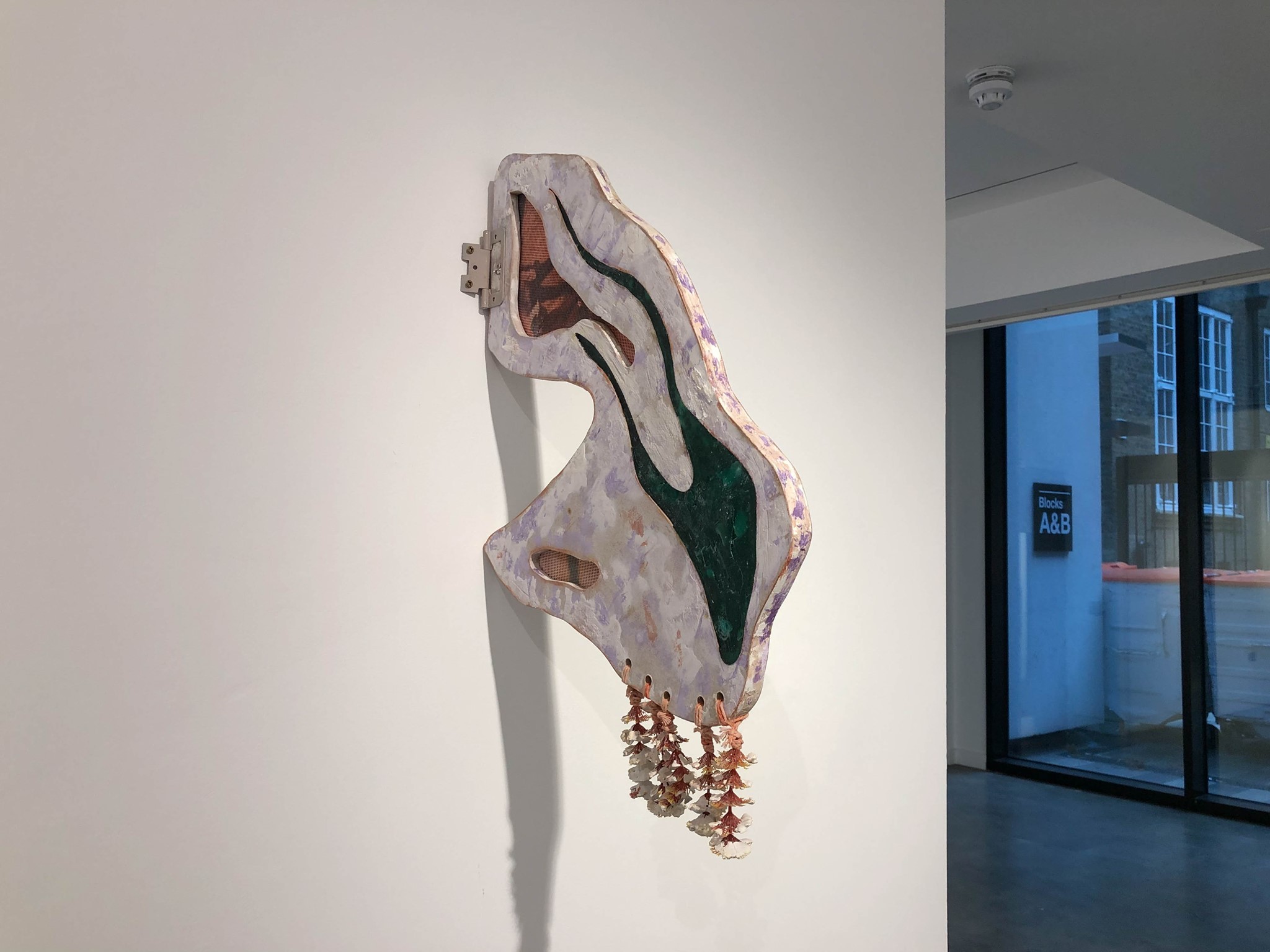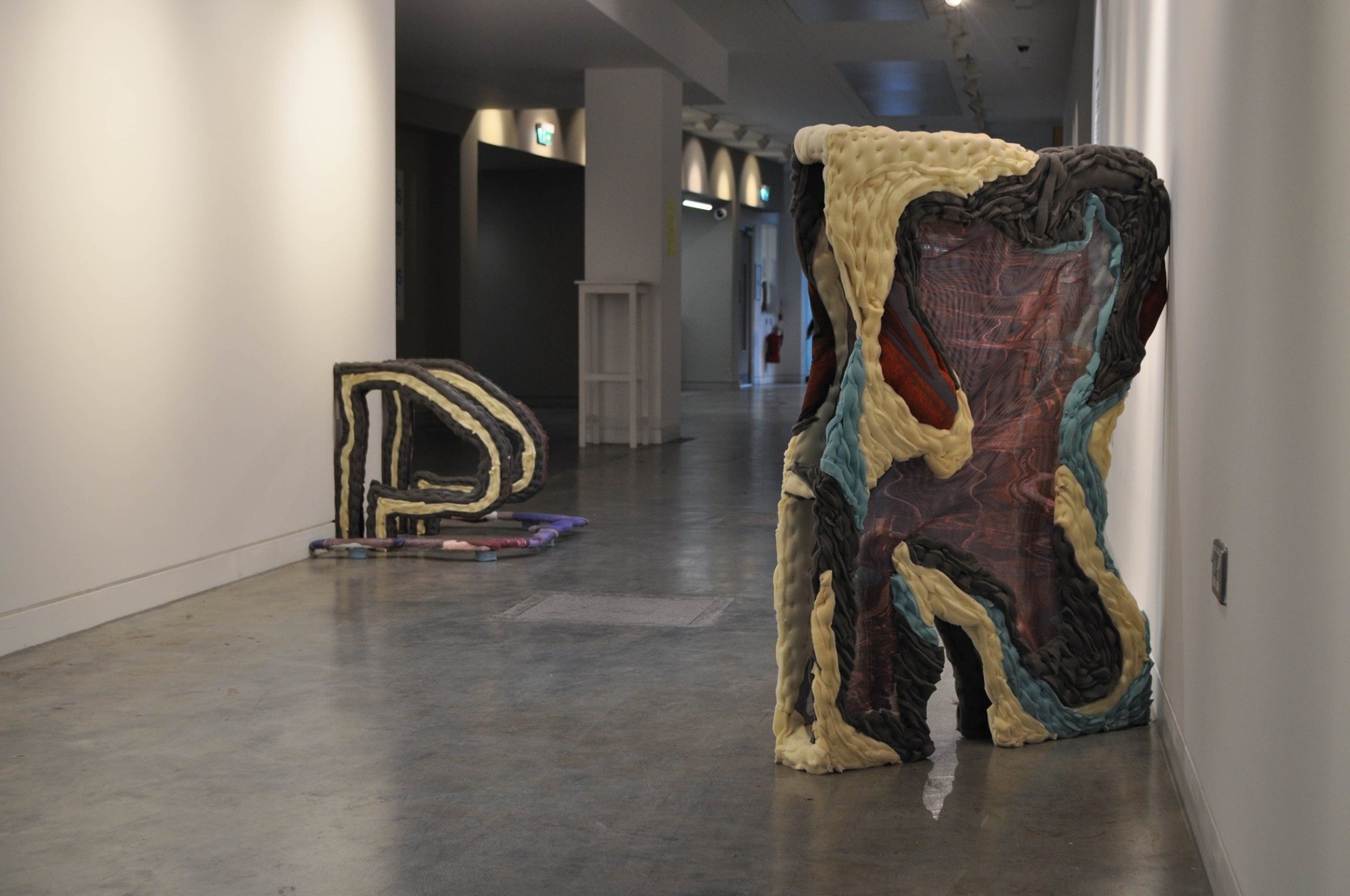Hannah Barry Gallery x Foolscap Editions, London
Editor
2025
Lo Brutto Stahl, Paris & Basel
Exhibition Text
2024
Hannah Barry Gallery x Foolscap Editions, London
Editor
2024
émergent, London
Interview
2024
DUVE, Berlin
Exhibition Text
2024
émergent, London
Interview
2024
Incubator, London
Exhibition Text
2023
QUEERCIRCLE, London
Exhibition Text
2023
L.U.P.O., Milan
Catalogue Essay
2023
Tarmac Press, Herne Bay
Catalogue Essay
2023
Brooke Bennington, London
Exhibition Text
2023
Freelands Foundation, London
Catalogue Essay
2023
superzoom, Paris
Exhibition Text
2023
Lichen Books, London
Catalogue Essay
2022
Tennis Elbow, New York
Exhibition Text
2022
émergent, London
Interview
2022
Guts Gallery, London
Exhibition Text
2021
Kupfer Projects, London
Exhibition Text
2021
Collective Ending, London
Catalogue Essay
2021
L21 Gallery S’Escorxador, Palma De Mallorca
Exhibition Text
2021
TJ Boulting, London
Exhibition Text
2021
Quench Gallery, Margate
Exhibition Text
2021
COEVAL, Berlin
Interview
2021
COEVAL, Berlin
Interview
2021
Foolscap Editions, London
Catalogue Essay
2020
Gentrified Underground, Zurich
Catalogue Essay
2020
Camberwell College of Arts, London
Exhibition Text
2019
Camberwell College of Arts presents Springboard, an exhibition of new work from multidisciplinary artist Alia Hamaoui. In a sequence of new works, Hamaoui combines painting and sculpture through an amalgam of disparate craft techniques: self-termed ‘constructions’ made from fragments of plaster, MDF frames, insulation foam, digital print and image manipulation, fringing, embroidery and self-manufactured soap. The result is a mosaic evocation of the shifting material value of objects in the post-digital age. An archeology of the future.
Crucial to Hamaoui’s work is a collapsed dichotomy of digital and physical. Her constructions are therefore hybrid and multi-lateral, evoking an osmosis of memory with image and a collusion of technical process with haptic forms of materiality. Questioning how these tendencies affect the formation of identity, Hamaoui displays her work caught in soporific freefall - part real, part fantasy. Presented with quasi-archeological tenor, artworks take the form of contemporary relics inspired by Phoencian reliefs and the cultural aesthetics of her childhood - a time spent split between Lebanon, France and England. Through these forms, objects conjure an auratic realism typically endued to museum artifacts and relics, gesturing toward the intimacy we feel with objects drawn from an imagined or symbolic past.
These objects are nonetheless mystifying. In a synergy of past, present and future that recalls the sci-fi paleontology of Marguerite Humeau or the mottled and utopic iconography of Michael Rakowitz’s The Invisible Enemy Should Not Exist (2018), Hamaoui creates a sinuous hybrid of real and imagined, drawing from an astute diagnosis of 21st century desire that oscillates from archaism to futurism, subtly impregnating each with the other. Central to this helix is Hamaoui’s frequent reference to Michel Foucault’s concept of heterotopia - bath houses, holiday camps, mirrors - fetishised places that “create a space that is other, another real space, as perfect, as meticulous, as well arranged as ours is messy, ill constructed, and jumbled.” Juxtaposing modern-day relics with visual tropes such as pool rails, pigmented soap and digital prints on mesh, Hamaoui intimates a chimeric landscape of cultural identity, one where modernist fable meets with contemporary ruin.
Nowhere is this clearer than Hamaoui’s moiré patchwork. Taken from screenshots of Peter Brosnan’s 2016 documentary, The Lost City of Cecil B. DeMille, these images reference the exhumation of a 300-pound sphinx head, one of twenty built to guard the promenade of a grand temple to Egyptian Pharaoh, King Ramses II. Nonplussed, six young archeologists marvel at the stunning artefact of Egyptian antiquity as it is gauged from the red sand. Their location: the Guadalupe-Nipomo Dunes, San Francisco, California. In fact, the discovery was not of a lost Egyptian metropolis but the film set of DeMille’s 1923 silent epic, The Ten Commandments, perhaps the most vast and audacious film set of the pre-CGI age: a colossal plaster replica of ancient Egypt, composed of an 800-foot wide and 12-story high temple, flanked by eight giant statues of Ramses II and twenty five-ton sphinxes leading to the temple gates.
Mysteriously demolished by DeMille after filming’s end, the apocryphal ruin is now the site of several major archeological digs and a documentary, uncannily recounting the words of Jean Baudriallard in Simulacra and Simulation (1981) that “It is the real, and not the map, whose vestiges persist here and there in the deserts that are no longer those of the Empire, but ours: The desert of the real itself.” Springboard is an exhibition that draws literally and metaphorically from this peculiar story of cultural authenticity, exploring the effects of images - both digital and physical - on our ever-shifting landscape of craft, materiality and the value of objects. Conjuring with it a Californian landscape of desire and escapism, Hamaoui’s relics are an expression of the tumultuous and hybrid ways in which we each identity with material and cultural history. Artefacts of a forgotten future.


Kronos Publishing, London
Editor
2019
Elam Publishing, London
Editor
2019
William Bennington Gallery, London
Catalogue Essay
2019
Elam Publishing, London
Catalogue Essay
2018
Camberwell College of Arts, London
Exhibition Text
2018
Limbo Limbo, London
Exhibition Text
2017
Saatchi Art & Music Magazine, London
Review
2017
B.A.E.S., London
Exhibition Text
2016